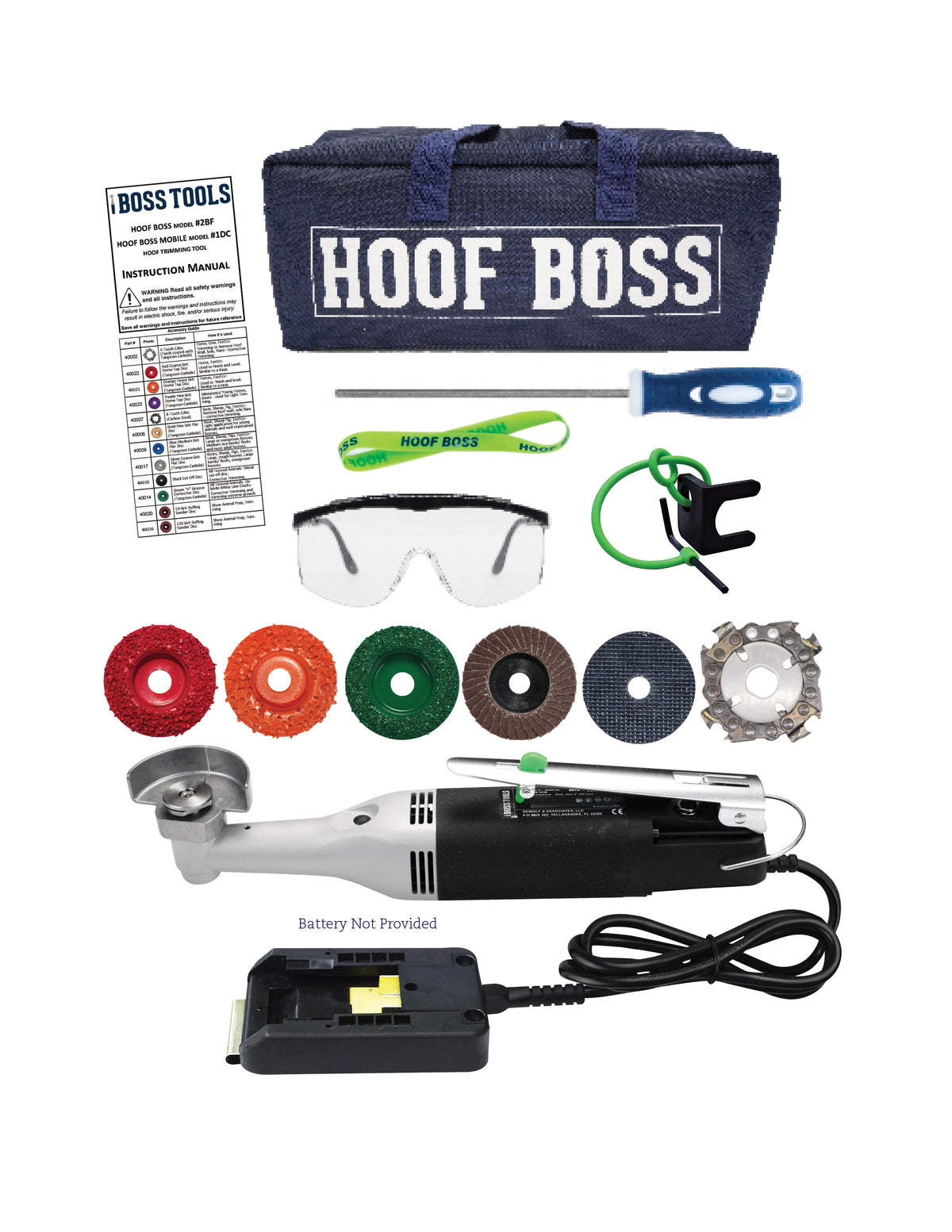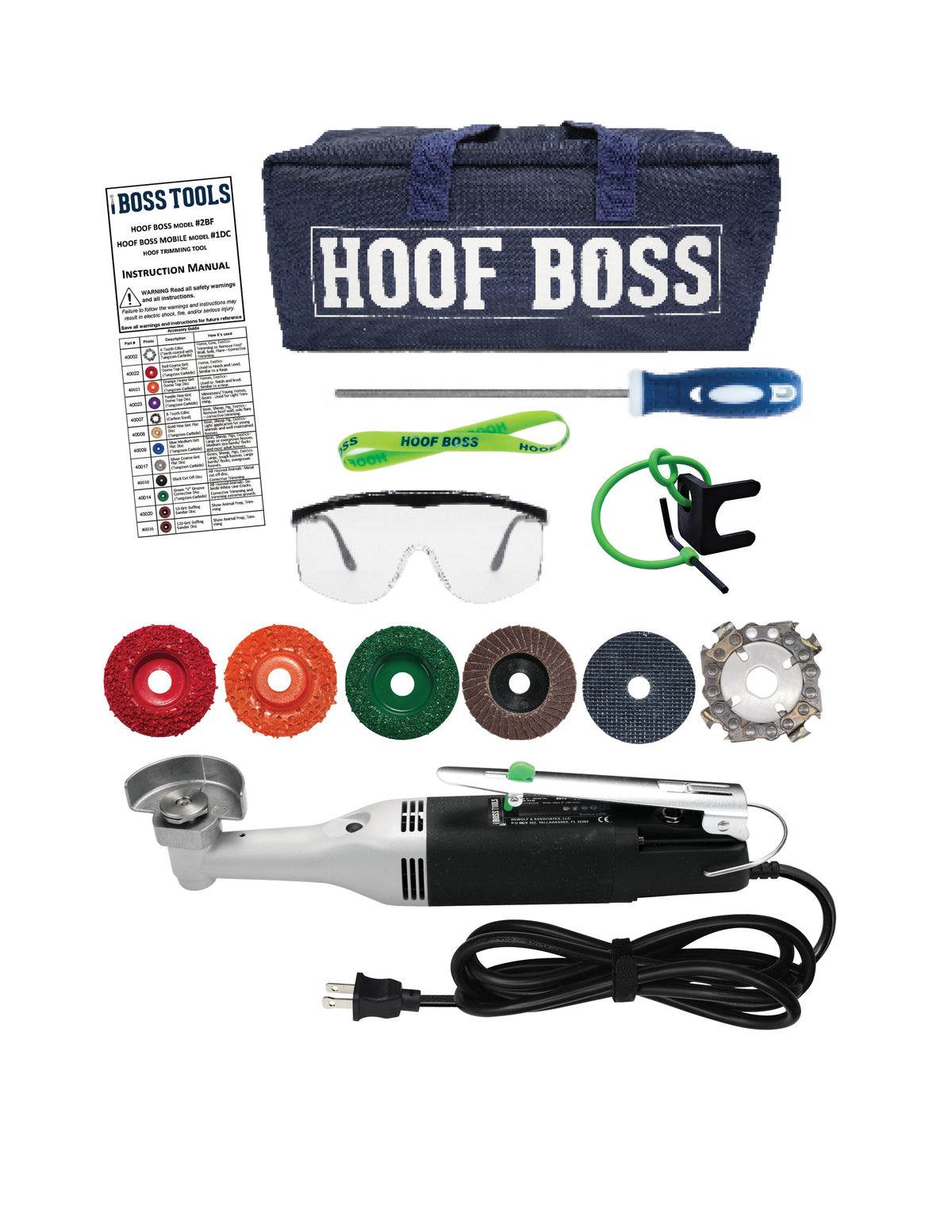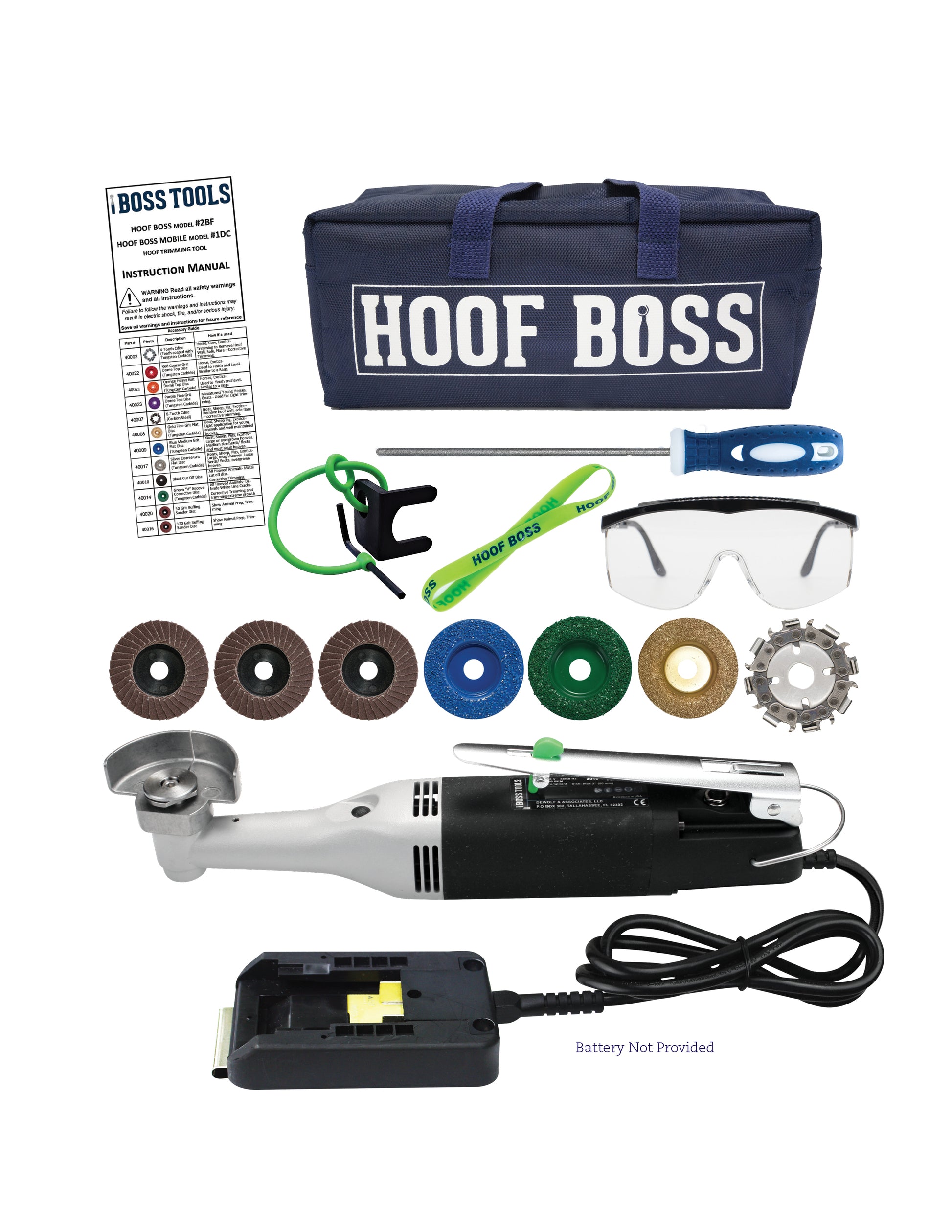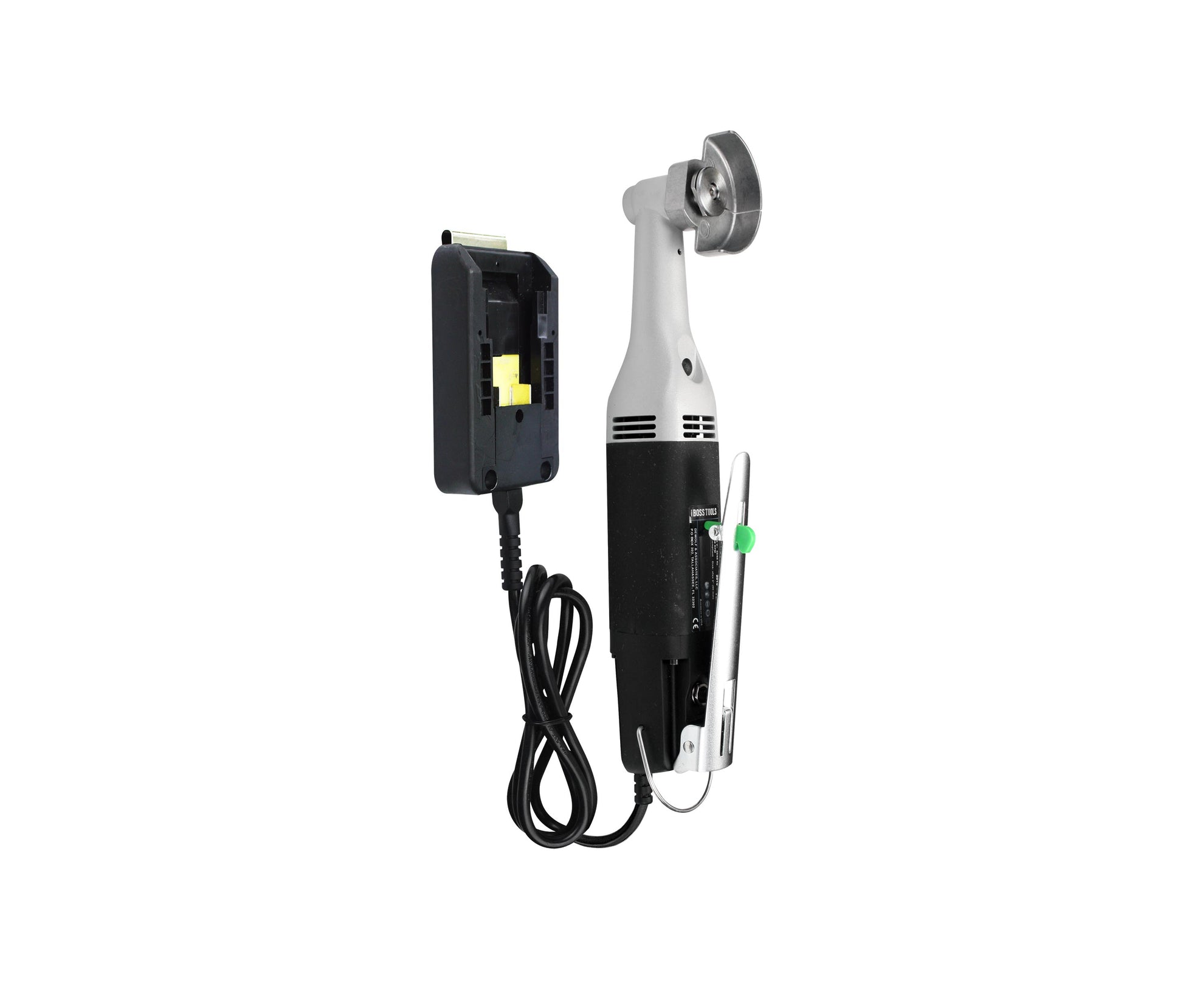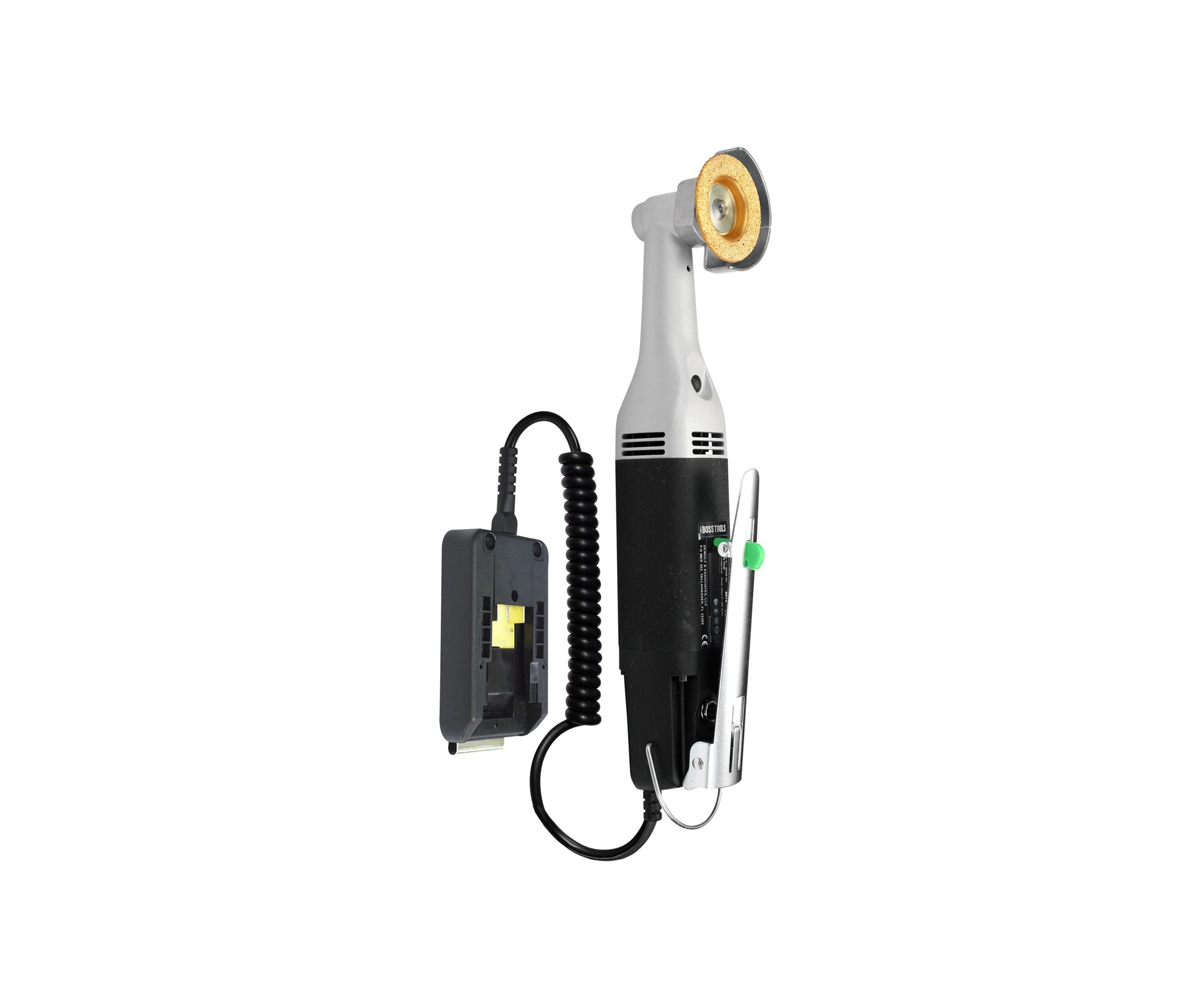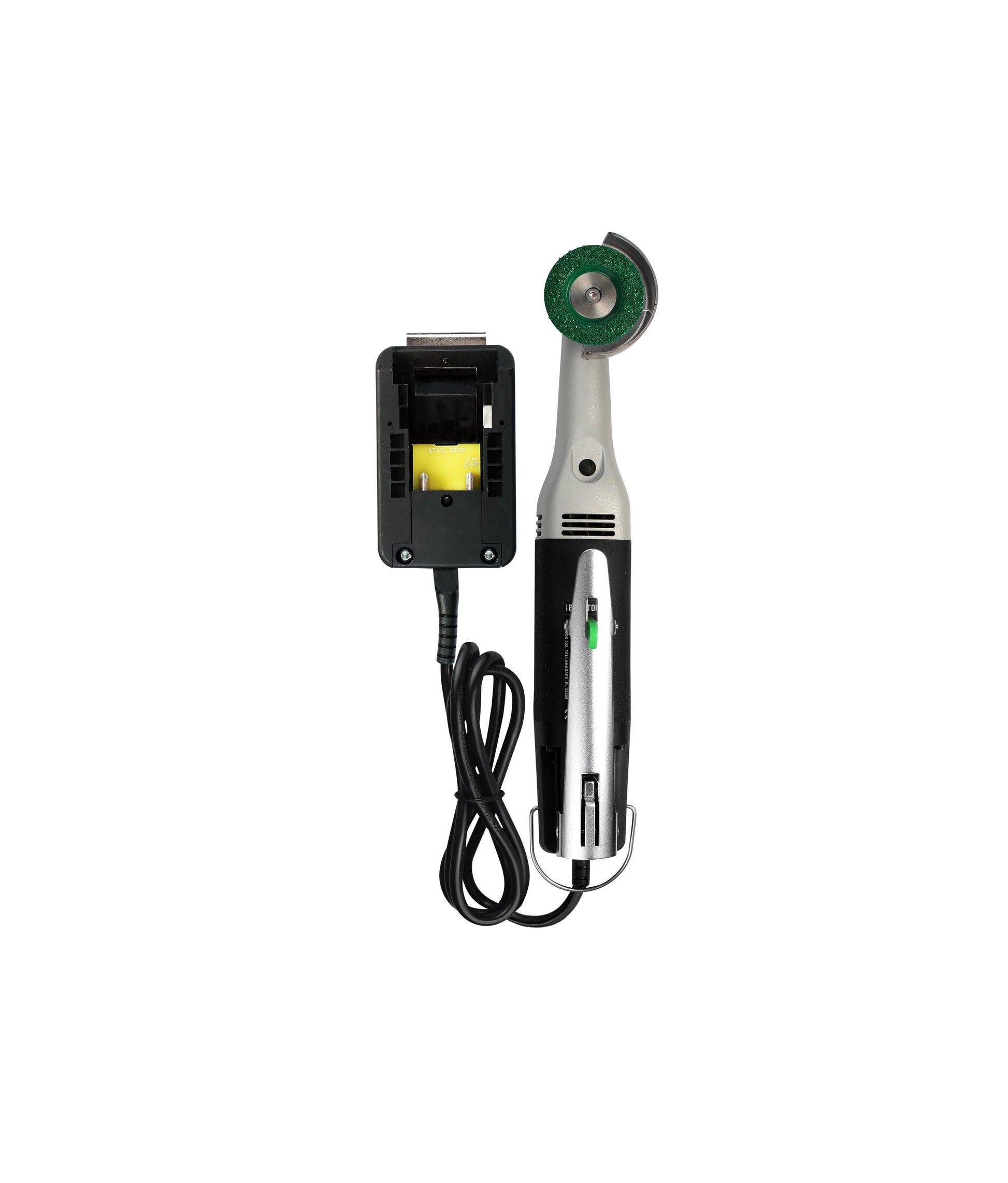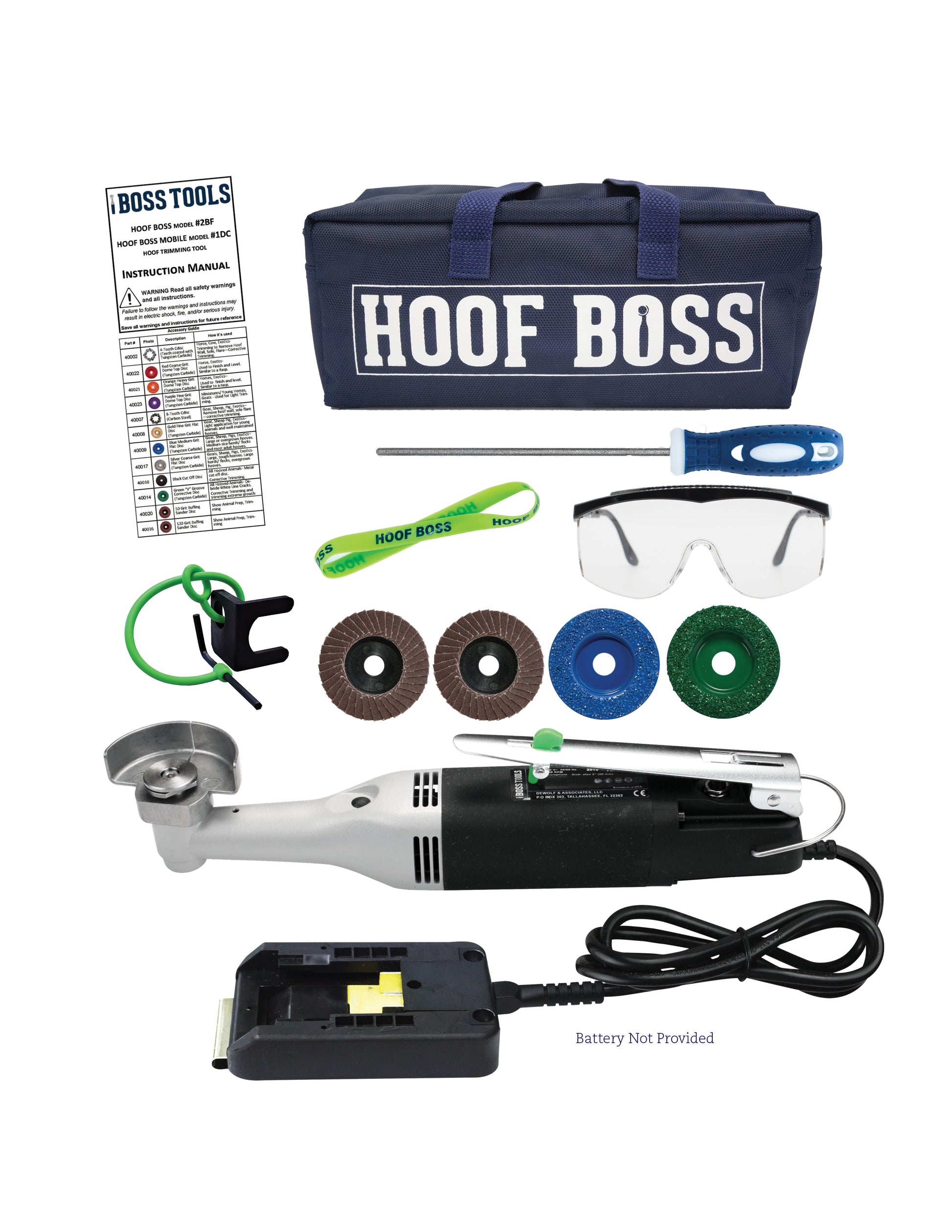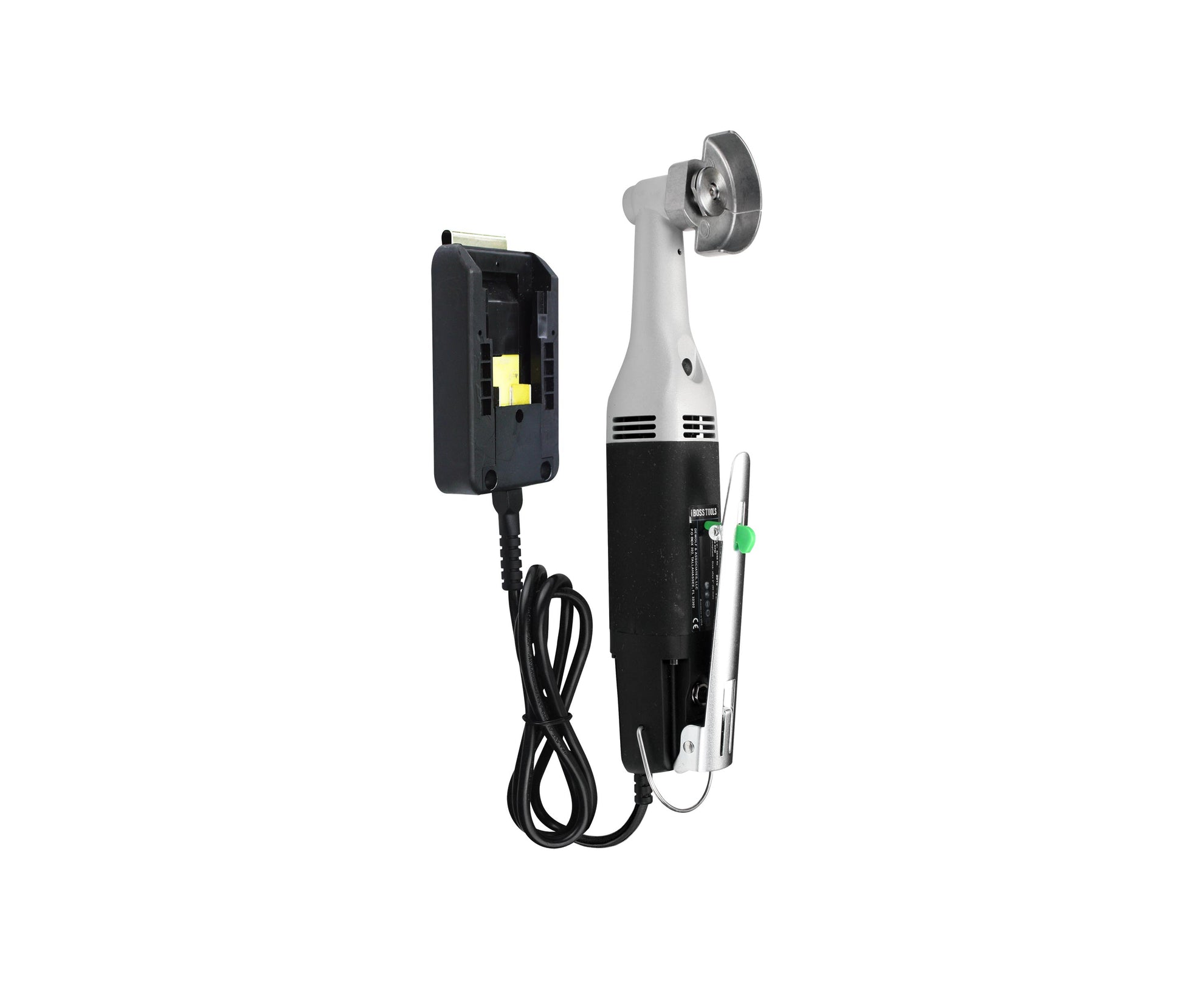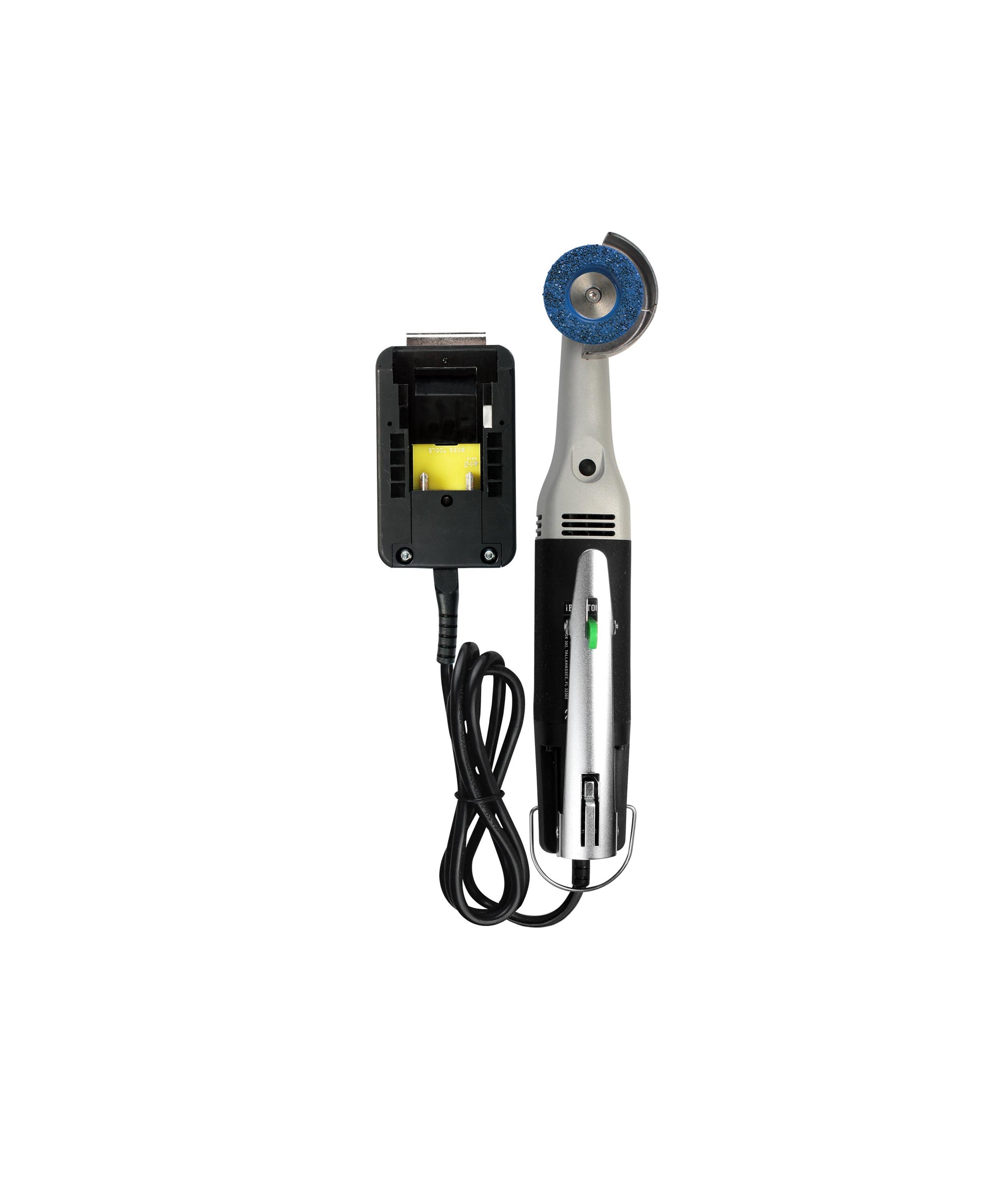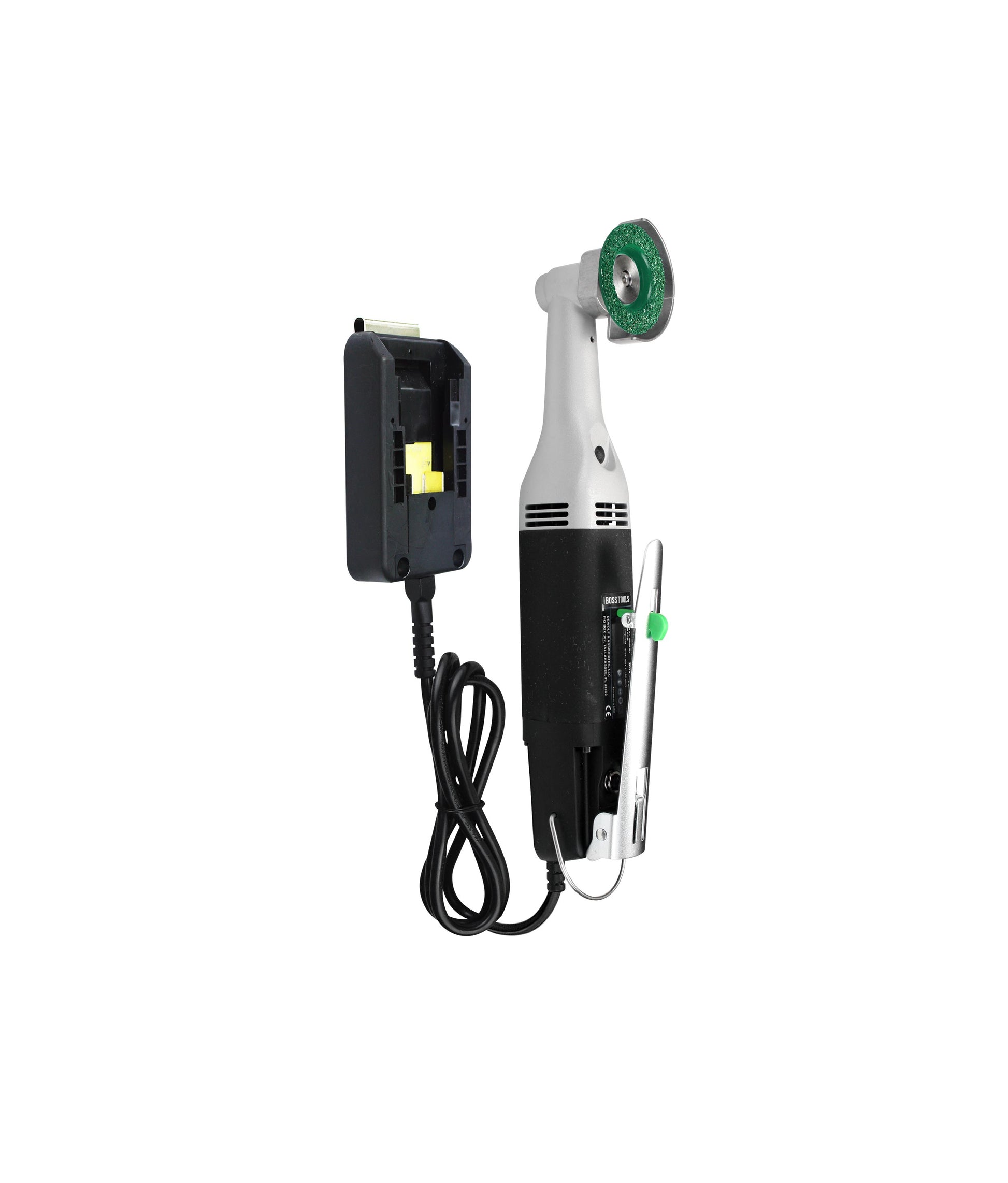Is a Pig’s Hoof Split? The Truth About Cloven Hooves and How to Care for Them
Search any pasture and you’ll see it: a pig’s foot that looks like two toes fused to one limb. Yes—a pig’s hoof is naturally split (cloven), just like goats, sheep, cattle, and deer. Understanding this anatomy isn’t trivia; it affects everything from weight distribution to how you trim and treat foot problems. Below you’ll find one quick-reference bullet list of key facts and one ordered list outlining a simple maintenance routine—everything else is straight talk so you can keep your pigs sound and stress-free.
Quick Facts About Pig Hoof Anatomy
-
Each front and back hoof is two primary digits (toes) called claws, separated by an interdigital cleft.
-
Smaller accessory digits (dewclaws) sit higher on the pastern; they rarely touch the ground but add stability on soft soil.
-
The outer (lateral) claw often grows faster than the inner (medial) claw because pigs bear more weight on the outside of the foot while turning.
-
A healthy sole is slightly concave; overgrowth flattens it, causing splits, cracks, and joint strain if not trimmed.
5-Step Routine to Keep Cloven Hooves Healthy
-
Observe the gait weekly. Catch early signs of overgrowth—short choppy steps, fetlock rolling outward, or reluctance to walk on concrete.
-
Clean and inspect monthly. Brush off mud and manure, then check each claw and the interdigital skin for cracks, heat, or foul odor.
-
Trim as needed (usually every 3–4 months). Use the Hoof Boss Pig Trimming Set with a coarse disc to shorten long walls, then a fine disc to level and bevel edges; aim for an even sole and symmetric toe lengths.
-
Disinfect small cracks. Flush with a mild chlorhexidine or iodine solution, blot dry, and monitor—early treatment prevents deeper infections.
-
Provide proper footing. Keep pens dry, slope concrete for drainage, and add rubber mats in high-traffic alleyways to reduce wear and shock.
Common Issues (and Why They Matter)
Pigs housed on soft bedding but fed high-energy rations grow hooves faster than they wear them, leading to corkscrewed claws that force the leg outward. Left unchecked, the joint angle changes, stressing tendons and ligaments—especially in heavy sows—and lameness follows. Regular trims restore balance before joints pay the price.
Tools & Products to Have on Hand
A lightweight grinder like the Hoof Boss Pig Complete Set, stiff brush, hoof pick, chlorhexidine spray, nitrile gloves, and a low-stress restraint such as a pig sling or farrowing-crate gate will cover 99 % of routine hoof work.
FAQs
Do pigs get foot rot like sheep and cows? True foot rot is uncommon, but pigs can develop interdigital dermatitis in wet, dirty pens; keep flooring dry and treat minor skin cracks promptly.
Can you trim pig hooves by hand? Yes, but a power trimmer is faster and less strain on the wrist—especially with large boars or sows.
Are cracked hooves always painful? Not immediately, but deep splits trap dirt and bacteria; early grinding and disinfecting prevent infection and lameness.
Final Thoughts
A pig’s hoof is split by design, giving the animal sure footing and shock absorption—but that advantage disappears when overgrowth or cracks set in. Follow the simple routine above and arm yourself with the Hoof Boss Pig Trimming Set to keep claws even, soles healthy, and pigs striding confidently. Shop Pig Hoof Care Tools and make hoof care the easiest chore on the farm.


